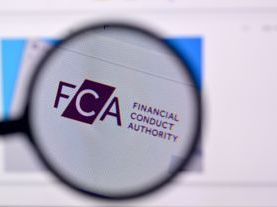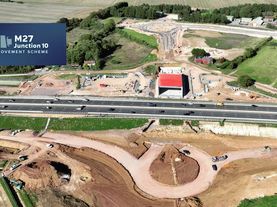Transport for London (TfL) has updated its Electric Vehicle Infrastructure Strategy, which was originally published in December 2021. This strategy supports the Mayor’s ambition for London to be a net-zero carbon city by 2030 and provide the EV infrastructure needed.
TfL’s 2025 update reviews wider policy and technology changes that have impacted EV take up and public charging infrastructure delivery. It also considers ongoing barriers to delivery, proposing new commitments to address them.
Updated infrastructure forecasts are provided, based on the number of EVs currently on London’s roads, considering driver behaviour in relation to charging, and the volume and types of infrastructure delivered over the past three years. The updated strategy proposes new commitments to address ongoing barriers.
These commitments include:
- Affordable charging: Public charging costs remain a barrier to EV switching. TfL is researching pricing factors and potential solutions, with results to be shared with London boroughs by spring 2026.
- Accessible charging: Access challenges affect disabled and older EV users. TfL is working with operators and researching accessibility needs, with findings shared widely in 2026.
- Commercial vehicle charging: Public charge points for vans and HGVs are limited. Guidance for local authorities will be published in 2026, alongside HGV charging data and a coach operators forum to understand sector needs.
- Shared charging for fleets: Sharing charge points maximises infrastructure use. TfL will run shared charging pilots in 2026 to support emergency services and other fleets.
- Taxis, PHVs, and car clubs: Using TfL and boroughs’ charge points, TfL will meet the needs of taxis, private hire vehicles, and car clubs, while enforcing taxi-dedicated bays on roads.
London's electric vehicle infrastructure strategy – 2025 update.




